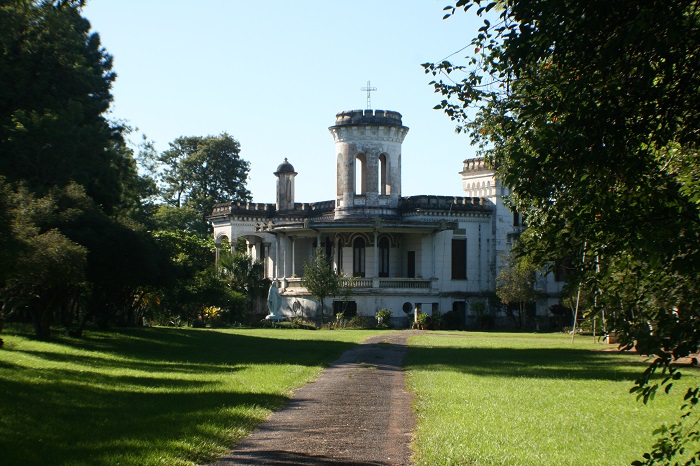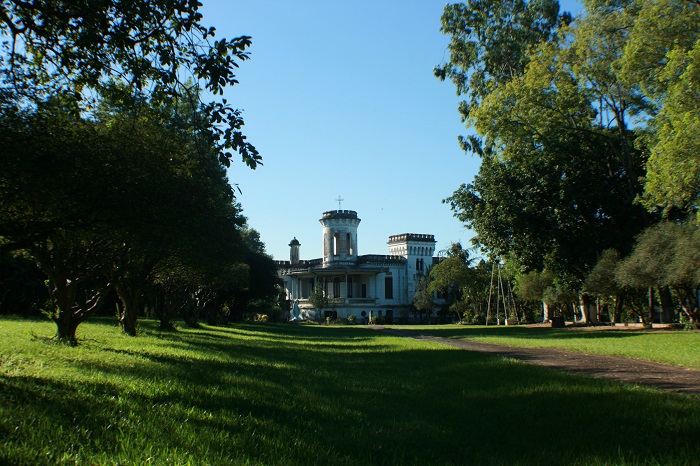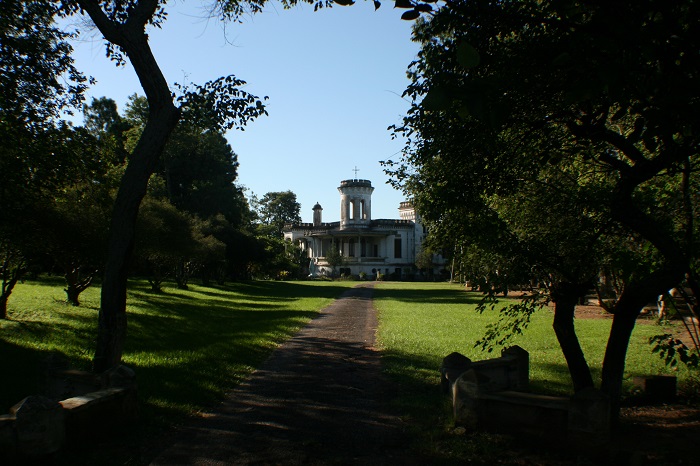Castillo Carlota Palmerola is an old mansion that looks like a medieval-inspired castle located amid the tranquil landscapes of the city of Areguá, in the vicinity of the city of Asunción, the capital of the Republic of Paraguay. Standing as a fascinating architectural treasure that blends European romanticism with South American charm, this alluring mansion is often referred to as one of Paraguay’s hidden gems. As the mansion rises like a fairytale fortress from the green hills, evoking an atmosphere of nostalgia, mystery, and elegance, its presence feels almost surreal because its structure seems to be transported from another era and continent, although it is deeply rooted in Paraguayan soil.
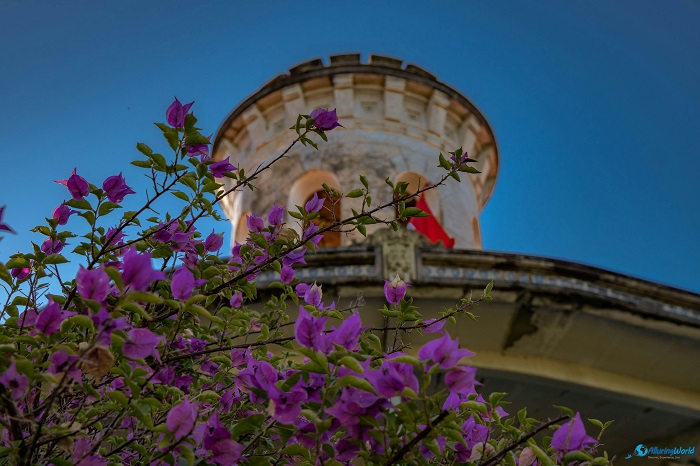
As Castillo Carlota Palmerola is located in the Central Department of Paraguay, approximately 25 km (16 mi) east of Asunción, the structure is easily accessible by car. The journey itself is part of the allure, as visitors pass through some of the neighborhoods in Asunción, so that at the end of this short trip, you are rewarded with a historic object that will make you wonder if you are in Europe. Upon arrival, the castle’s striking silhouette commands attention, its roofless top and pale stone façade standing proudly against a backdrop of lush hills and open skies.
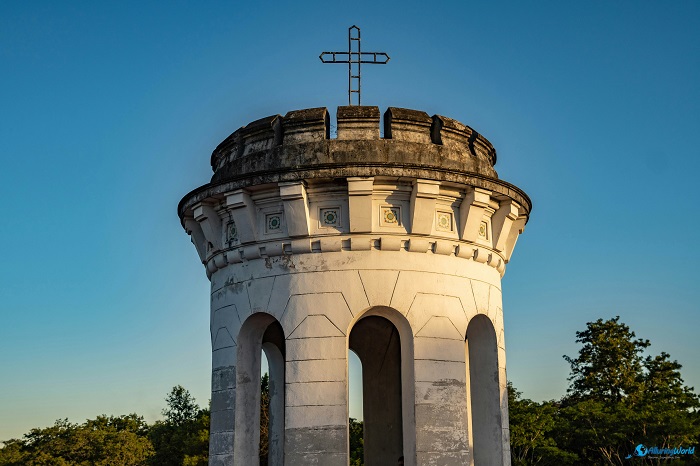
Castillo Carlota Palmerola was built in the early 20th century, during a period when Paraguay was rediscovering itself after decades of economic and social recovery following the devastating War of the Triple Alliance. The vision and ambition to build such a majestic structure was due to the notable Carlota Palmerola, who was a woman of notable wealth and influence of that time. She desired to create a residence that would embody sophistication and grace, mirroring the grandeur of European noble estates, and wanted to show that she could, in fact, bring to light a mansion that would rival those from the major European centers. Her dream materialized into a residence that became a symbol of romanticism, cultural fusion, and personal expression, and it became a monument that continues to capture imaginations more than a century later.

The construction of the castle was carried out with meticulous attention to detail. There were skilled artisans and builders from both Paraguay and Europe who contributed to its creation. They managed to combine traditional Paraguayan craftsmanship with architectural techniques that were inspired by Spanish colonial and Italianate styles. The whole structure was built from locally sourced stone and brick, which gave durability and strength to the whole structure. These materials simply reflected the environment and the aesthetic of the time, ensuring that the castle would be durable and would stand for a long time against the tropical climate. Hand-carved wooden doors, iron railings, and ceramic roof tiles can be seen as a decorative elements, and they were either crafted on-site or imported from Europe, thus adding authenticity and refinement to the design.
ADVERTISEMENT
From the outside, Castillo Carlota Palmerola exudes an aura of old-world elegance. The architecture features tall windows, a central tall tower supported with a smaller one to the left side, and ornate balconies that give it a distinctly European flavor, reminiscent of Mediterranean villas and Spanish manor houses. The façade, built from soft beige stone with red clay accents, glows warmly under the Paraguayan sun, and its roofless section that features red tiles complements the surrounding landscape. The towers are perhaps one of the most iconic aspects of the entire structure because the central one rises prominently above the main building, offering panoramic views of the area that surrounds it and adding to its fairytale-like appeal.
Just as the castle is very charming, its gardens and surrounding grounds further enhance its charm. Perfectly manicured lawns, flowerbeds, and cobblestone pathways create a tranquil setting, while mature trees that surround the property provide shade and serenity. The entire property has been designed to appreciate the symmetry and nature, with the castle positioned to take advantage of the sunrise and sunset views. When the days are clear, there is no mist in the air, visitors can enjoy the breathtaking vistas of the Areguá surroundings and Lago Ypacarai, which is within a walking distance from the castle.
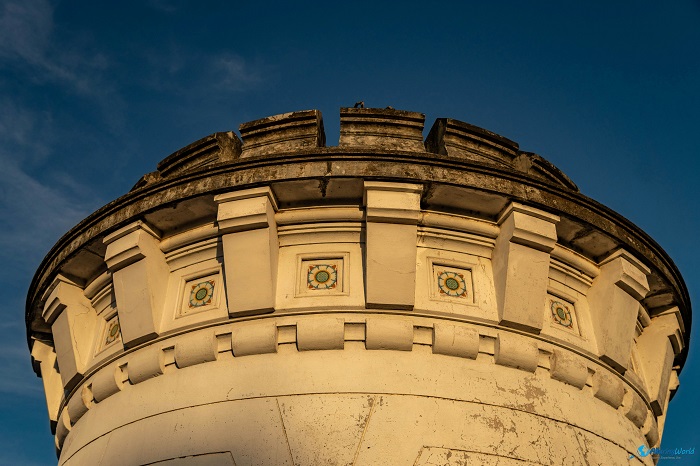
Once you are inside Castillo Carlota Palmerola, the building reflects a sense of timeless refinement. The entire layout was designed to balance comfort with grandeur, featuring large reception rooms, intricately tiled floors, and high ceilings adorned with exposed wooden beams. There is still some furniture that is kept from the period when the mansion was constructed, including ornate chandeliers, hand-carved cabinets, and antique mirrors that echo the taste and sophistication of early 20th-century aristocracy. Perhaps the most intriguing is the grand hall that is located near the entrance. This room serves as the heart of the castle because it is a space for social gatherings, musical evenings, and family celebrations.
Nevertheless, each section of the castle reveals a new layer of design. Though not all of the castle’s original furnishings have survived over the decades, the spirit of its early days remains palpable through its preserved architecture and the nostalgic atmosphere that fills every corridor.
Throughout its history, Castillo Carlota Palmerola has witnessed numerous events that tie it closely to Paraguay’s cultural evolution. Ever since it was built, the castle has been a major focal point because numerous artistic and cultural gatherings have happened. As there were many, these also included film shoots, photography sessions, and historical reenactments, which were intended to capture the time that was long gone. This is why today it serves as a bridge between Paraguay’s colonial influences and its modern identity.
Nowadays, the castle stands as one of the most beloved heritage sites of Areguá and Paraguay, attracting domestic and international visitors who would like to see in person the beauty and tranquility of this castle-like mansion. It has become an important symbol of regional tourism, representing the artistry and vision of a bygone time. For many travelers, visiting Castillo Carlota Palmerola offers more than architectural appreciation because it is an opportunity to step into a story that is woven with ambition, artistry, and cultural pride.
Visiting the castle is straightforward for those exploring the capital of Paraguay and its surroundings. The best way to reach the castle is by hiring a private car, or alternatively, a guided tour from Asunción. While the castle is occasionally closed for private events or maintenance, visitors can often explore the surrounding grounds, admire its façade, and enjoy the scenic views. There have been reports that the castle has been temporarily closed, with no further elaboration as to why or when it will reopen, but it is always best if you double-check with locals before heading out to this place.
The best time to visit is during the dry season that lasts from May to September because this is the time when the weather is mild and the skies are clear. This will provide you with ideal conditions for photography and sightseeing, although early mornings and late afternoons offer the best light for capturing the castle’s serene beauty and the golden hues that bathe its walls.

Overall, what makes Castillo Carlota Palmerola truly special is its atmosphere. This is a rare combination of history, architecture, and romance, so when you are standing before it, you can easily imagine the vision of its founder, Carlota Palmerola, who sought to build a home that would be a lasting legacy for herself and her story.
In conclusion, Castillo Carlota Palmerola remains a testament to a simple dream of a magic place where artistry meets imagination and where Paraguay’s cultural heritage continues to shine through the centuries. If you are part of those travelers who are seeking destinations that tell a story through their architecture, landscapes, and legends, Castillo Carlota Palmerola is the perfect experience for you that feels both intimate and grand. It’s a place where time slows down, where the walls whisper tales of history and ambition, and where every visitor can feel the enduring beauty of a dream realized in stone.


